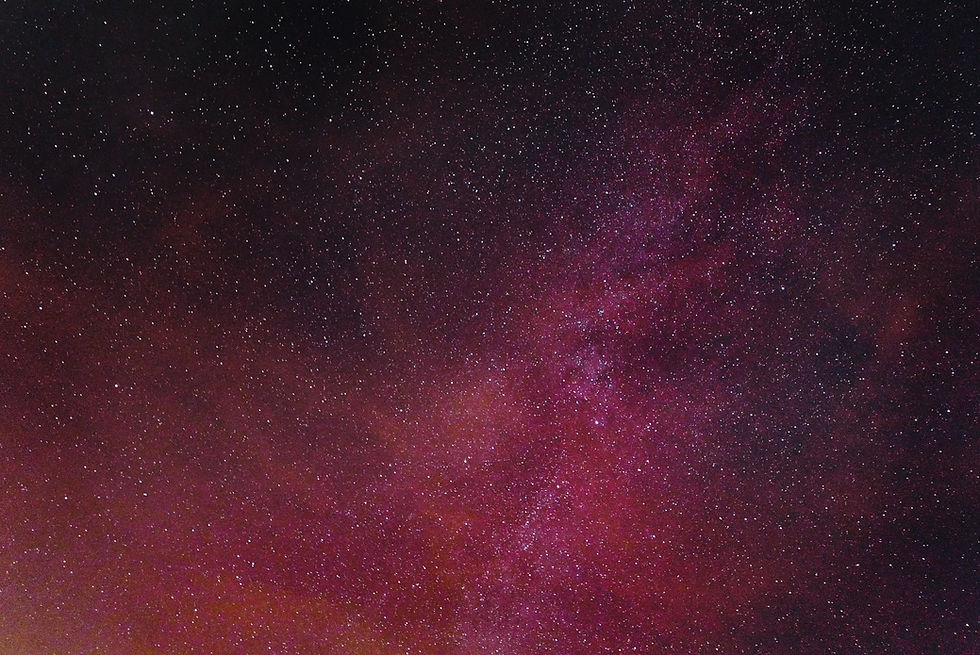



GLADOS
GLADOS is a 6U cubesat that has a visible light camera to characterize objects in GEO. GLADOS utilizes "Glint" to characterize objects by their shape and size. GLADOS strives to improve Space Situational Awareness (SSA) for the active and inactive space object population allowing faster detection of anomalies and potential threats by tracking orientation states as well as translational states.
POLAR
Polarimetric Observer Light Analyzing Research (POLAR) was UBNL’s most recent satellite. POLAR was a 3U satellite utilizing a MEMS polarimeter payload.
This is the first polarimeter small enough to fly on a cubesat platform. The data gathered was to be used to identify the material of target space objects. This data can increase Space Situational Awareness (SSA) and help protect important space assets from debris.
LinkSat

The purpose of LinkSat was to measure the orbital radio frequency noise environment across commonly used nano-satellite frequency bands. It aimed to create a numerical model of the noise environment capturing geographic variation, time-of-day variation, and statistical properties that will be used to predict the performance of small satellite communication systems. The amount of RF noise in space has dramatically increased. New Noise can cause a negative impact on satellite communications.
FALCON


Falcon's purpose was to provide relative attitude and orbit information between spacecraft using beam pointing and synchronization to maintain the link between the laser communication devices. The secondary objective involves determining the absolute position of the two spacecraft using only relative line of sight information. The mission aimed to create stereoscopic imaging as one could use our concept for flying two or more satellites in formation with no star tracker using ground references (rather than stars) and the laser communication system to determine the attitude and orbit, greatly reducing the cost of such projects.
SORA
SORA's purpose was to gather light data on space debris in either geostationary or low earth orbit. This light data, like the kind collected from our GLADOS satellite, can be used to classify space debris, as well as to characterize the size, shape, and material properties of space debris. This builds upon GLADOS’ mission by flying a spectrometer, rather than a visible and near-IR camera. This would allow us to use diffused light, a much more common source than glinting light.
We are incredibly grateful to our sponsors for their generous support.
Their contributions make everything we do possible.




